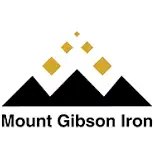
A term known to everyone
The mythical term lodestone has occurred long in history. The general public knows it to be a term for something that ‘strongly attracts’. Lodestone is made up of distinctly English components, ones that have been part of our language since before the 12th century. “Lode” comes from the Old English “lād,” which means “way, journey, course.” The word stone derives from the Old English “stān,” which had the same meaning as the modern term “stone.” When the two ancient words were combined to form “lodestone” around 1515, the new term referred to magnetite, an oxide of iron that forms a natural magnet.

A mythical place in history
To mineralogists, the lodestone is an extremely rare form of the mineral magnetite (Fe3O4) that occurs naturally as a permanent magnet. The reasons for its position in common lore is because attracts

metallic iron as well as fragments of ordinary ‘inert’ magnetite. This ‘magic’ property was known to many ancient cultures, and a powerful lodestone has always commanded a high price. By the eleventh century AD the Chinese had discovered that a freely suspended elongated lodestone would tend to set with its long axis approximately north–south, and utilized this property in the magnetic compass. They also appear to have discovered that this invaluable characteristic could be handed‐on to a steel needle if the latter were contacted with, or stroked by, a lodestone. The magnetism of the lodestone was scientifically investigated by William Gilbert in the sixteenth century, when he defined its ‘poles’ and the well‐known rule that ‘like poles repel, unlike attract’. He also studied ‘inclination’ and ‘variation’, and means to aid the preservation of magnetic power. How to concentrate it by ‘arming’ the lodestone with caps or pole‐pieces of soft iron was discovered in the same century. These methods have been repeated, confirmed, and improved. The lodestone occupies a vital place in the history of magnetism.
Magnetite in Mineralogy

Specifically, lodestone or magnetite which the common resource Wikipedia describes as: “a rock mineral and one of the main iron ores, with the chemical formula Fe3O4.” As an oxide of iron it is ferr0magnetic, which means that it contains atoms of opposing magnetic moments which are unequal and therefore the substance possesses a spontaneous magnetisation. It gets attracted to a magnet and can be magnetised to become a permanent magnet itself. It is the most magnetic of all naturally-occurring minerals on earth.
Where magnetite is found

The main deposits of magnetite are in the Atacama region of Chile; the Valentines area of Uruguay; in Kiruna in Sweden: Pilbara, Midwest and Northern Goldfields region, the Tallawang area, and the Eyre Peninsula in Australia; the Adirondacks of New York state; in the highest mountain of Mauritania. Largely, this substance is seen in beach sand – namely the black sands which are abundant in Lung Kwu Tan of Hong Kong; in California; and in the North Island of New Zealand. Here, magnetite has been eroded from rocks and carried to the beach by rivers and concentrated there by waves and ocean currents. Other countries with significant magnetite deposits are Norway, Germany, Italy, Switzerland, South Africa, India, Indonesia, Mexico, Peru, and other scattered parts of the United States.
Occurring where you least expect it
Magnetite has also dropped from space as ingredients of meteorites. And, Living organisms can produce it as well. In humans, this substance is found in parts of the brain. However, magnetite can have toxic effects due to its charge or magnetic nature and its involvement in oxidative stress or the production of free radicals. Research suggests that beta-amyloid plaques and tau proteins associated with neurodegenerative disease frequently occur after oxidative stress and the build-up of iron.
Uses of magnetite


Magnetite has been used in audio recordings. Its derivatives have been uses as industrial catalysts for nitrogen fixation – a process by which molecular nitrogen in the air is converted into ammonia (NH. 3) or related nitrogenous compounds in soil. From bio-medical to environmental applications micro and nano-particles of magnetite are used – in the purification of water, in the creation of ferrofluids (a liquid that becomes strongly magnetised in a magnetic field) for targeted drug delivery in the human body. Among other procedures, this is highly useful in the treatment of cancer, and in magnetic resonance imaging or MRI. In mining, magnetite is used for the separation of coal from waste.
MSK’s expertise in the field of magnetite fines
The movement of magnetite fines of approximately five million tonnes per year from South Africa’s Limpopo Province through the Matola Terminal of Maputo Port in Mozambique is handled under the expert care of MSK.
MSK renders full inspection services where constant checks have to be carried out to ensure all safety precautions – because of the dangers of magnetite toxicity. Our company oversees the haulage of magnetite fines covering six hundred kilometres and several stringent rules and restrictions. We are proud of this specialized service we have been able to provide our valued clients.



Chief Operation, FAMD, Tata Steel Limited..


Sr. General Manager,, Emirates Trading Agency L.L.C..


Mines Manager, Hindustan Zinc Limited, a Vedanta Company.


General Manager, Stevin Rock L.L.C..


Executive Vice President (Works),, DCW Limited.


AVP – Coal Quality & Sales Compliance Head,, PT Indo Tambangraya Megah Tbk (BANPU).


Laboratory Head, MMX.

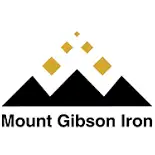
Shipping Administrator, Mount Gibson Iron Limited.


Senior Director – Asia Pacific Iron Ore Sales,, Cliffs Natural Resources Pty Ltd..

Posted on April 30 2024 By Mitra S.K ADMIN
Read More
Posted on April 29 2024 By Mitra S.K ADMIN
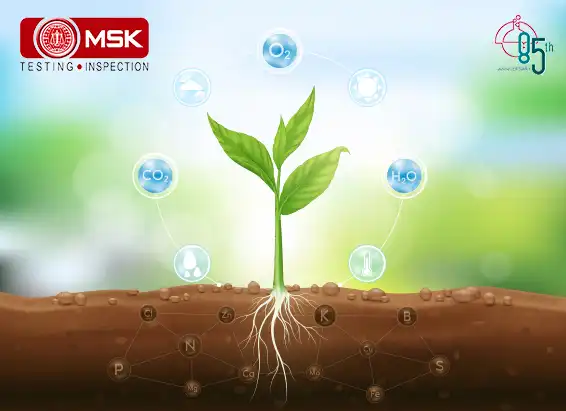
Posted on December 30 2023 By Mitra S.K ADMIN
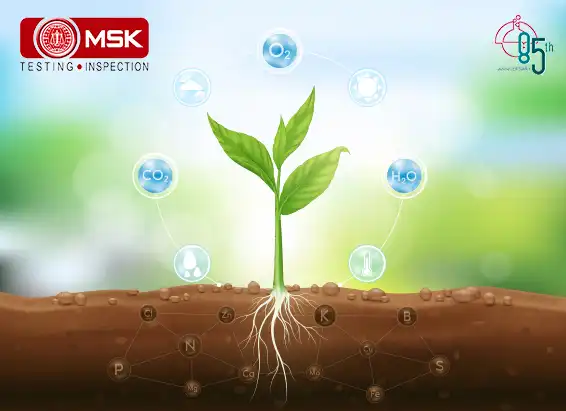
Posted on December 30 2023 By Mitra S.K ADMIN
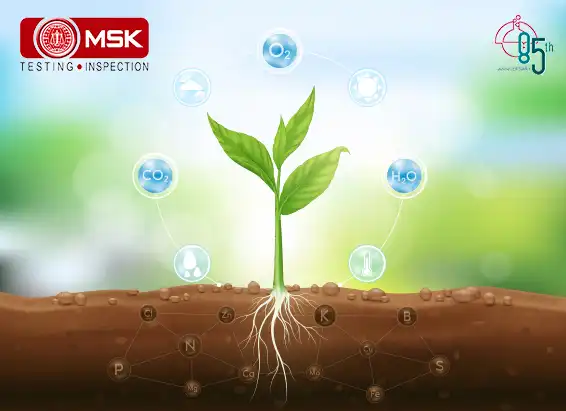
Posted on December 30 2023 By Mitra S.K ADMIN
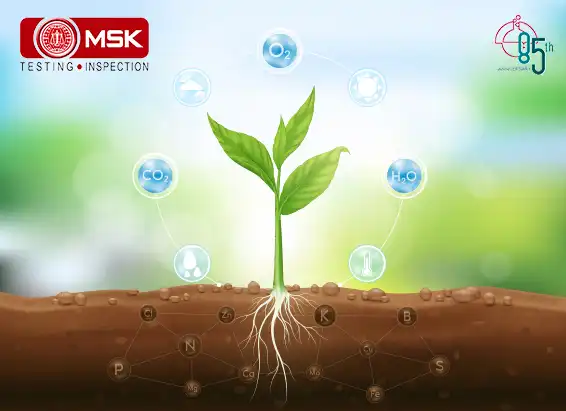
Posted on December 27 2023 By Mitra S.K ADMIN
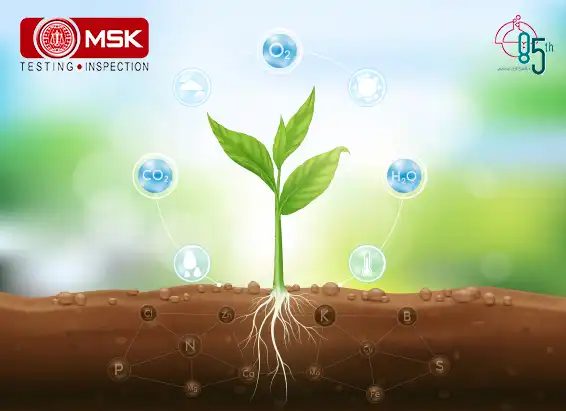
Posted on December 27 2023 By Mitra S.K ADMIN
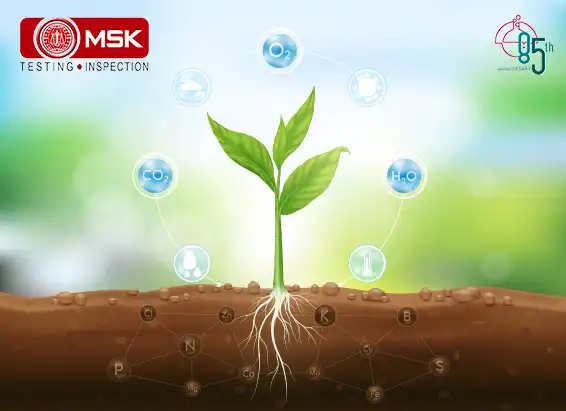
Posted on December 27 2023 By Mitra S.K ADMIN
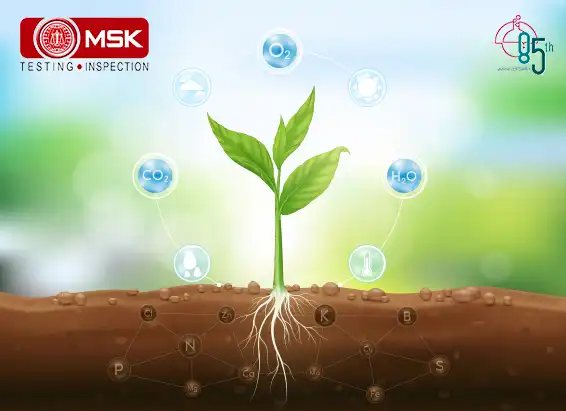
Posted on December 27 2023 By Mitra S.K ADMIN
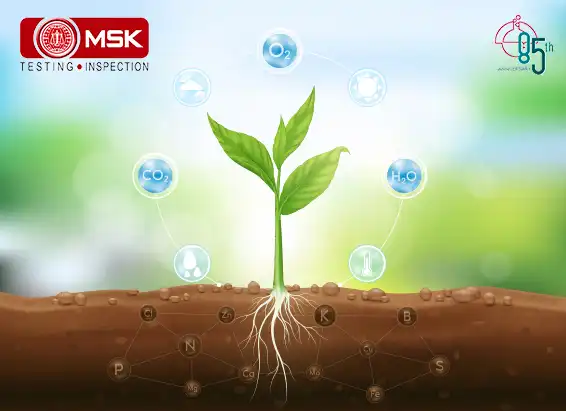
Posted on December 27 2023 By Mitra S.K ADMIN
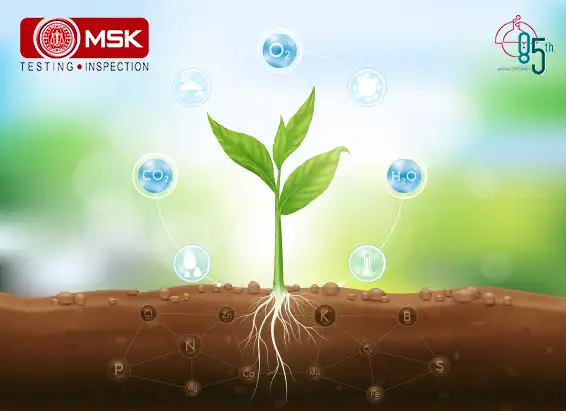
Posted on December 27 2023 By Mitra S.K ADMIN
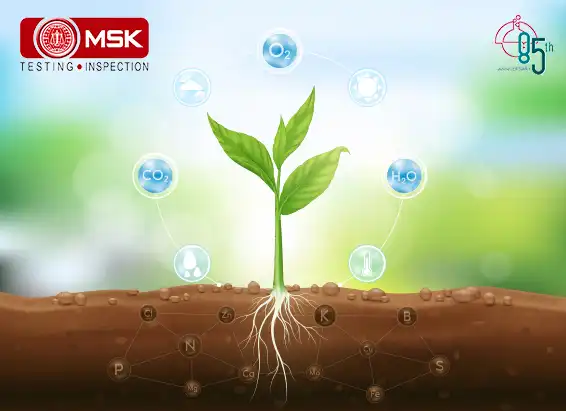
Posted on December 27 2023 By Mitra S.K ADMIN
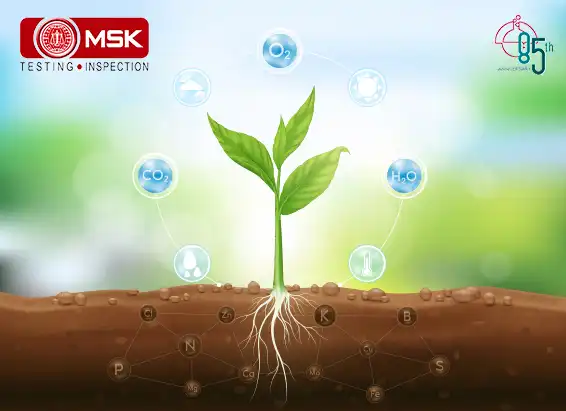
Posted on December 26 2023 By Mitra S.K ADMIN
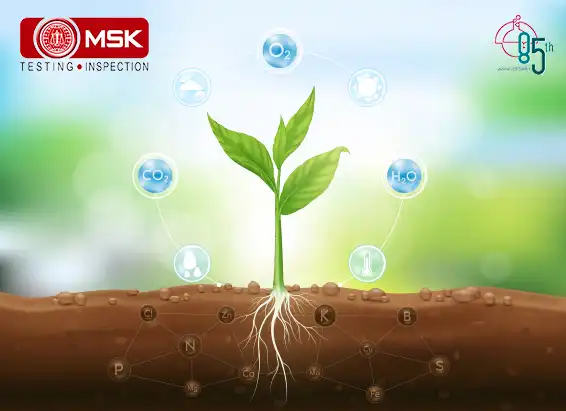
Posted on December 09 2022 By Mitra S.K ADMIN
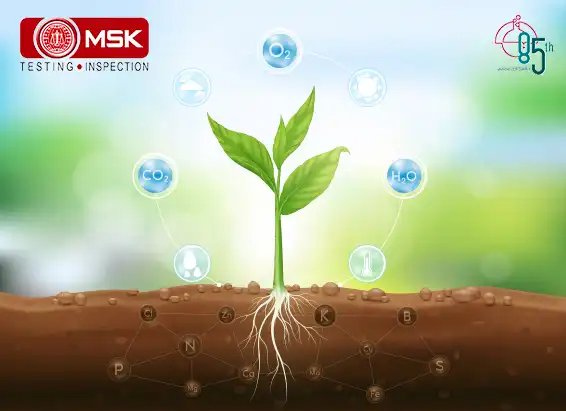
Posted on December 02 2022 By Mitra S.K ADMIN
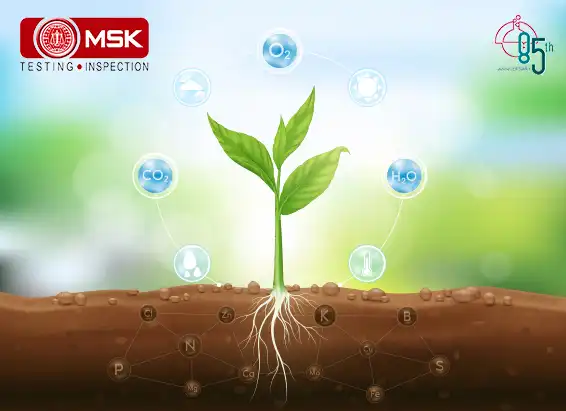
Posted on December 02 2022 By Mitra S.K ADMIN
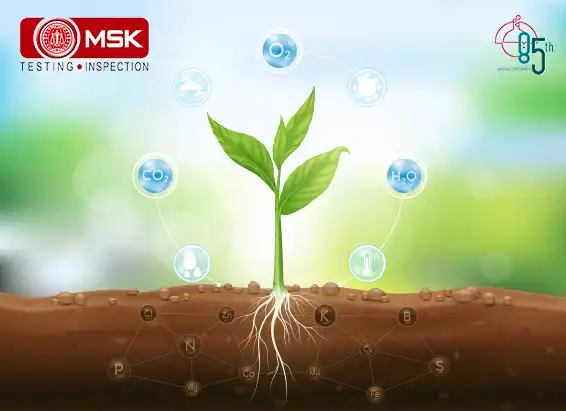
Posted on December 02 2022 By Mitra S.K ADMIN

Posted on December 02 2022 By Mitra S.K ADMIN
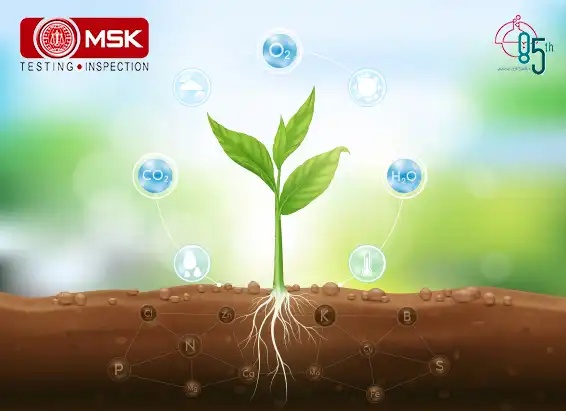
Posted on December 02 2022 By Mitra S.K ADMIN
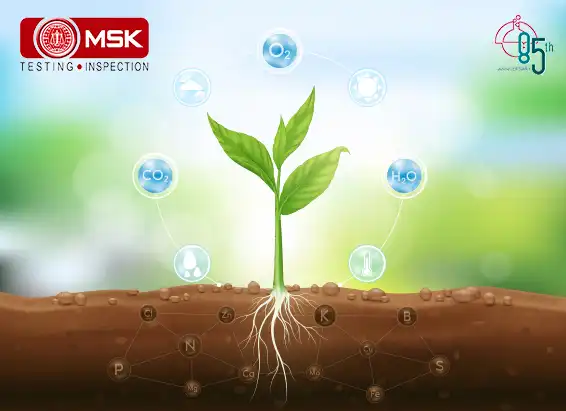
Posted on December 02 2022 By Mitra S.K ADMIN
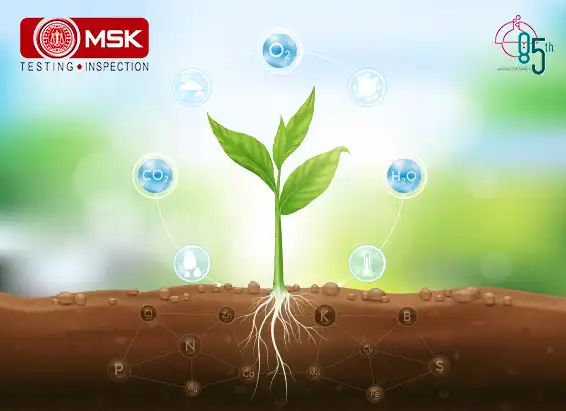
Posted on December 02 2022 By Mitra S.K ADMIN
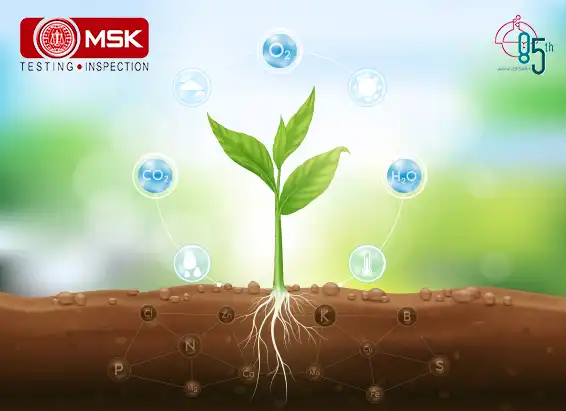
Posted on December 02 2022 By Mitra S.K ADMIN
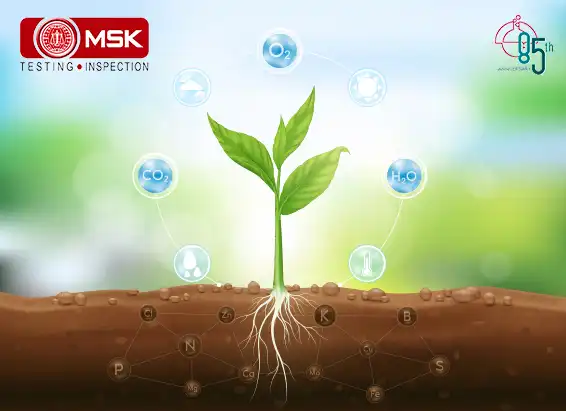
Posted on December 01 2022 By Mitra S.K ADMIN
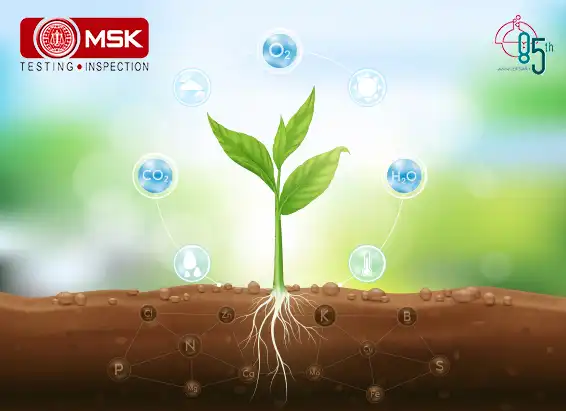
Posted on December 01 2022 By Mitra S.K ADMIN
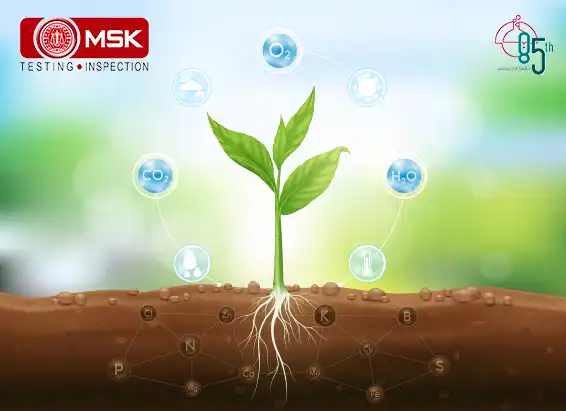
Posted on December 01 2022 By Mitra S.K ADMIN
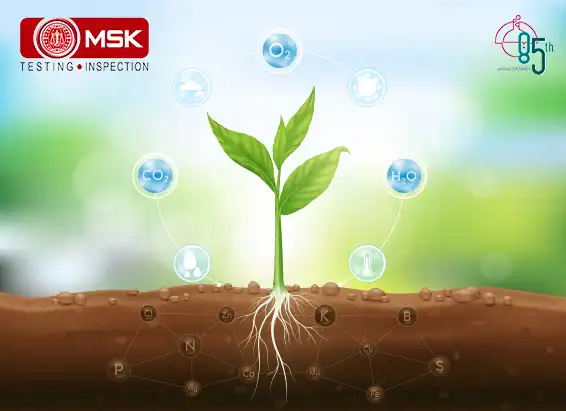
Posted on December 01 2022 By Mitra S.K ADMIN
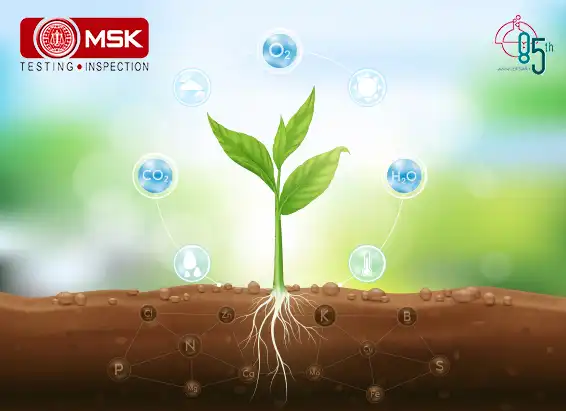
Posted on November 30 2022 By Mitra S.K ADMIN
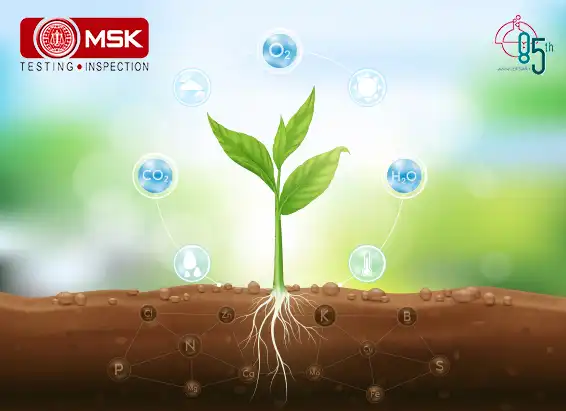
Posted on November 30 2022 By Mitra S.K ADMIN
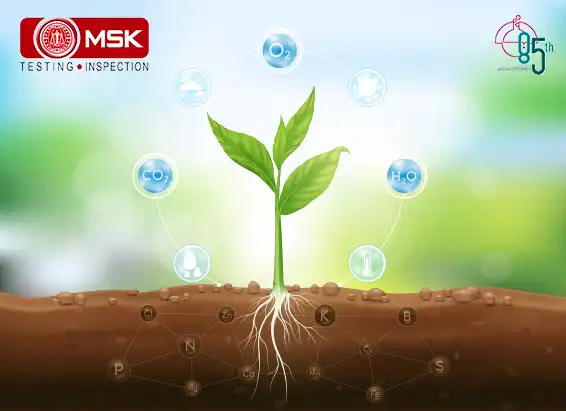
Posted on November 30 2022 By Mitra S.K ADMIN
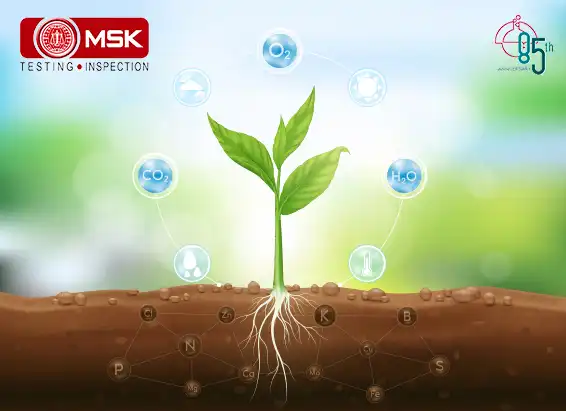
Posted on November 30 2022 By Mitra S.K ADMIN
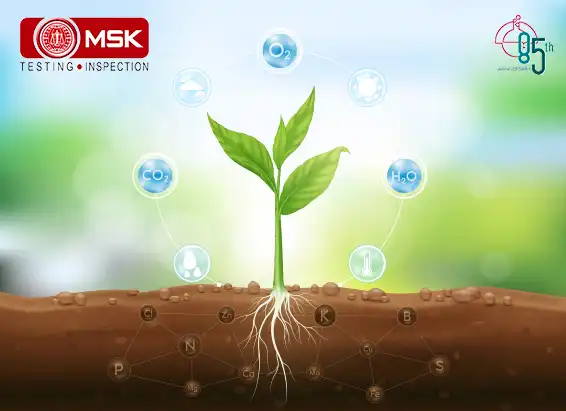
Posted on November 30 2022 By Mitra S.K ADMIN
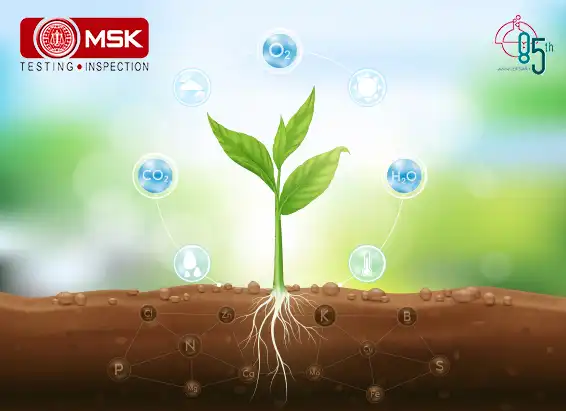
Posted on September 27 2022 By Mitra S.K ADMIN



